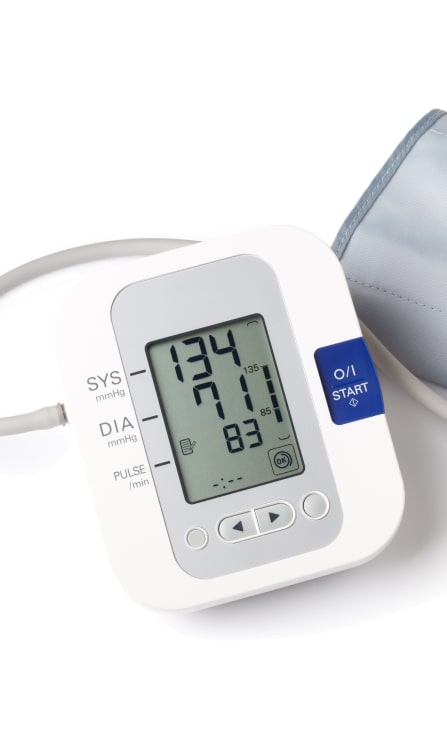The Rise of Anavar Steroid Use in Canada
Experts and parents are sounding the alarm about non-medical anabolic steroid use as posts glorifying it grow on social media.
Experts suggest it’s related to a concerning rise in body dysmorphia among men.
“The pressures on young males around body ideals has increased,” said Kyle Ganson, a University of Toronto assistant professor in social work who studies muscle dysmorphia, a body image-related disorder that is common among men.
“They’re seeing people on social media like, ‘This is what the male body should look like,’ ” Ganson said. “Basically, you perceive yourself to be smaller or less muscular than you actually are.”
Muscle dysmorphia cases rising, studies suggest
As non-medical steroid sales happen on the black market and online, it is difficult to track usage. But several studies suggest muscle dysmorphia is on the rise, and seems to be inspiring steroid use.
A recent study in Canada found that nearly a quarter of men rarely or never feel body confident, and young men between the ages of 18 and 24 were the most likely to try steroids. In Ontario, one study found social media use is fuelling rising anabolic steroid usage among men and adolescent boys, while a government drug use survey found non-medical anabolic steroid use has tripled.
Today, an ideal male body type is often considered lean, muscular and toned with a V-shaped torso, says Ganson.
That means men aren’t necessarily striving to bulk up like Sylvester Stallone or Arnold Schwarzenegger. Instead, they might use anabolic steroids, such as Anavar, Testosterone, or Trenbolone, to achieve a cut or toned look faster.
And there are risks. While many people use steroids without suffering side effects, there are several associated with anabolic steroids, including keloid scarring, premature baldness, mood swings, severe depression, organ failure — even heart attacks or strokes.
“They can really affect almost every system of the body, cardiovascular or neurological, endocrine,”
When utilizing supplements, it is essential to adhere to safe practices, focusing on cardiovascular and liver support while committing to at least 20 minutes of treadmill exercise daily. Your longevity often hinges on your capacity to manage potential risks effectively.

